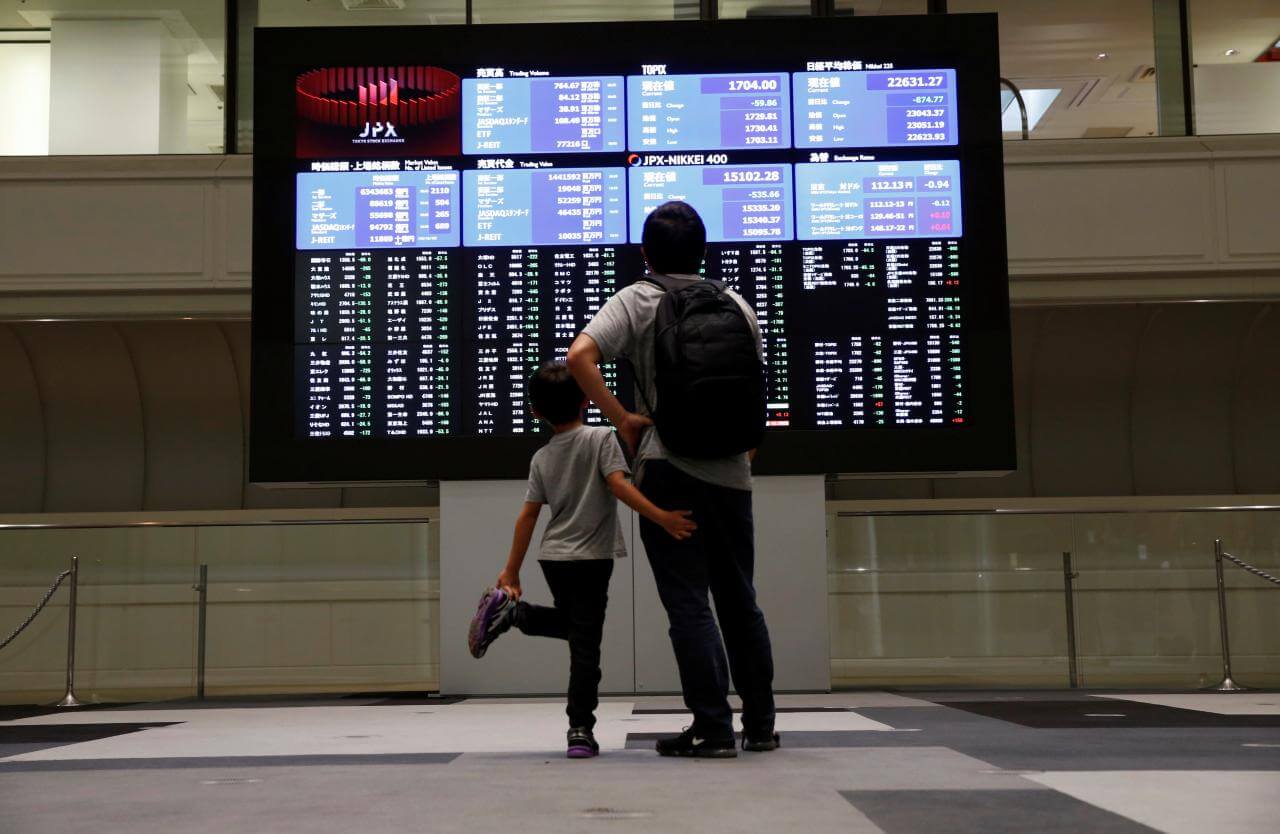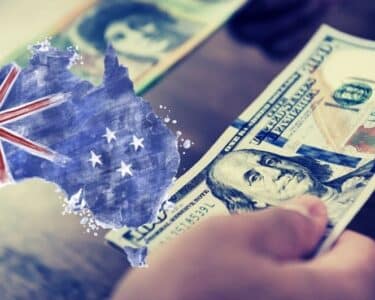Indications that China and the United States were tackling with sticky issues in the trade war helped keep shares near a four-month high. However, it could not prevent the Aussie dollar from hitting the skids. A low key start was reported for the main DAX, FTSE and CAC 40 bourses after a brief rise in euro and bond yields after slightly optimistic French data was released.
Asian trading has been very eventful. The MCSI rose to a four and a half month high after sources told Reuters that the Chinese and U.S. negotiators were drawing up six memorandums of understanding to solve the trade issues. This includes forced technology transfer, intellectual property rights, cyber theft, currency, services agriculture and non-tariff barriers to trade. Both the U.S. and China are pushing for an agreement by the deadline on March 1, after which U.S. tariffs on Chinese imports will come into effect. However, U.S. President Donald Trump has been hinting at an extended deadline if an agreement seems close at hand.
The Aussies dollar was the big mover though. It dropped more than one percent after Westpac, one of Australia’s biggest banks called for 2 RBA rate cuts this year. This was followed by the ban of Australian coal imports by the Chinese port of Dalian.
According to Tim Graf, State Street’s EMEA Head of Macro Strategy, it is difficult to know how much of this is in the prices taking into account the fall of the Aussie dollar witnessed last year. The Aussie dollar was last trading at $0.7105 which is down 0.8 percent. However, it was not the only one struggling. The Kiwi dollar also slumped 0.5 percent, and the Euro was standing at $1.1320.
The French PMI has brought a ray of joy, but it was followed by the news of the eurozone factory output being slammed into reverse unexpectedly last month due to a decline in activity in Germany.
According to Chris Williamson, Chief Business Economist at IHS Markit, the eurozone economy remained close to stagnation this month. The business environment remained more subdued than it was last year.
Williamson also pointed out that the results of the first quarter eurozone of 0.1 percent were below the 0.4 percent estimate by Reuters poll. This was followed by the European Central Bank ending its 2.6 trillion euro asset-purchase stimulus program. The slump in the Aussie dollar had helped its share market closed at a six month high.




